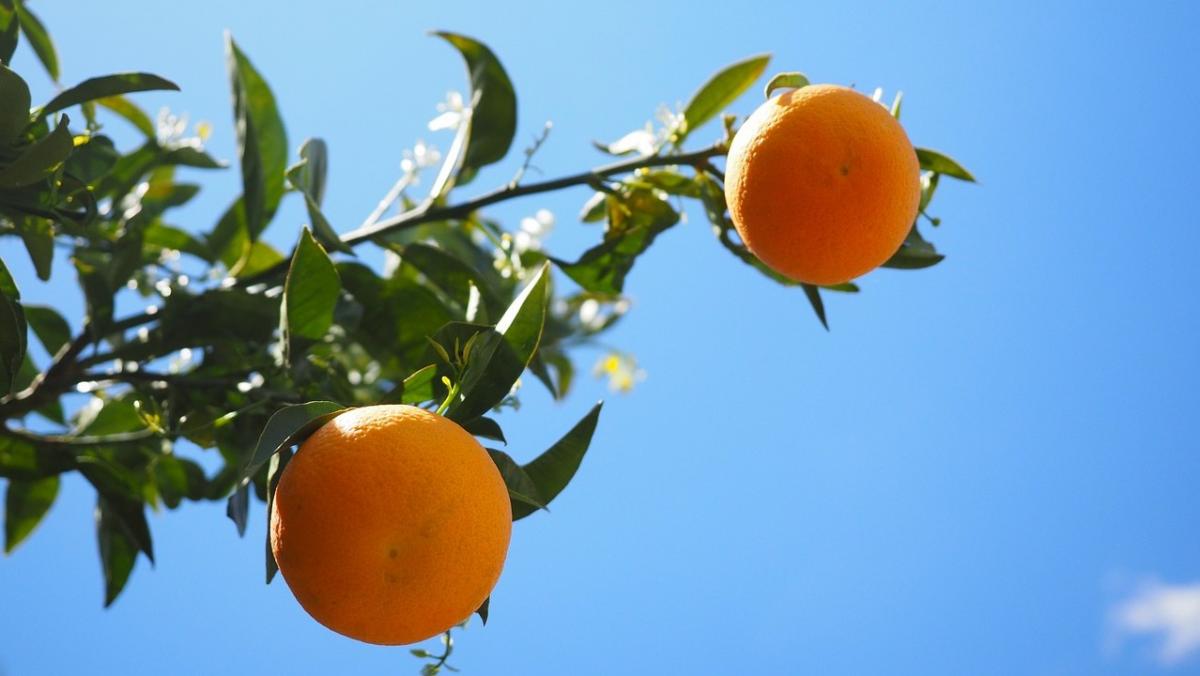You are here
Back to topUS Citrus Trade Shift: A Decade as a Net Importer

According to a recently published analysis by Daniel Munch, an economist from the American Farm Bureau Federation, the United States has experienced a substantial decline in citrus production over the past two decades. This decline can be attributed to various factors, including extreme weather conditions, the prevalence of citrus greening disease and the conversion of citrus orchards for property development. Since 2000, the country’s production of oranges and grapefruit has plummeted by up to 80% and 88%, respectively, causing the United States to transition from being a net exporter to a net importer when it comes to citrus fruit.
Since the establishment of citrus cultivation in the United States, the key producing states have been Florida, California, Arizona and Texas. Prior to 2014, Florida’s orange production accounted for over 70% of the country’s total. Tropical storms and hurricanes are frequent destructive weather events in many citrus-growing regions, often leading to significant crop losses and tree damage. It typically takes 15 years for citrus trees to bear fruit when they are grown naturally from seedlings, or 3–5 years when grafting techniques are used. Consequently, any event that disrupts citrus growth can pose a threat to a farmer’s income for many years. In 2017, Hurricane Irma caused Florida’s citrus output to drop to its lowest level in over 70 years, while Hurricane Ian, which struck southwest Florida in 2022, resulted in losses of $416–675 million for the citrus industry.
Alongside adverse weather events, the continued spread of citrus greening disease in Florida is another significant factor contributing to the decline in U.S. citrus production. The first detection of the disease in Florida dates back to 2005, and orange production in the state has since plummeted by 90%, decreasing from 150 million boxes to an estimated 16 million boxes in 2023. Furthermore, population growth in Florida has driven urban real estate development, encroaching on agricultural land and reducing the area available for citrus cultivation. Labor shortages and the escalating costs of labor and production have further exacerbated the challenges faced by citrus growers.
Despite California and Texas temporarily being able to maintain or even increase their production of most citrus crops, partially offsetting the overall decline in output, producers in these states still face potential challenges, such as outbreaks of citrus greening disease.
Over the years, the U.S. citrus industry has experienced significant shifts in production. Oranges, which until 2015 accounted for over 70% of citrus production, have faced an 80% decline since 2000, dropping from 300 million boxes to an estimated 62 million boxes in 2023. Similarly, grapefruit production has suffered a substantial decrease of 88%, falling from 67 million boxes to 8 million boxes during the same period, largely attributable to extreme weather events and plant diseases in Florida. Since the 1980s, lemon production, exclusive to California and Arizona, has remained relatively stable, ranging from 20 million to 30 million boxes. However, there is a bright spot in terms of the tangerine category, which comprises tangelos, mandarins, clementines and traditional tangerines. In terms of quantity, tangerine production has surged from 10 million boxes in 2000 to 21 million boxes in 2023, representing a growth of 107%.
In 1970, U.S. orange production made up almost 50% of the global total, and the country was a major exporter in the global orange market. By 2000, the market share of the United States had declined to 25%, and it is expected to be approximately 5% in 2023. The majority of the market share lost by the United States has shifted to Brazil (35%), China (16%) and the European Union (12%). The situation is similar for grapefruit. In 1970, U.S. grapefruit production represented 75% of the global total. However, this number had dropped to 43% by 2002 and is projected to be only 4% in 2023. At present, the majority of global grapefruit production, approximately 80%, takes place in China, while Mexico and South Africa each contribute 6% to the total output.
Owing to these significant decreases in domestic production, the United States now partially relies on imports to fulfill domestic demand, leading to a substantial increase in import volumes. In 2000, the United States imported nearly 9 million boxes of fresh citrus, a figure that had rocketed by 320% to over 37 million boxes by 2022. Meanwhile, exports have decreased. In 2000, the United States exported over 26 million boxes of fresh citrus, but by 2022, that number had dwindled to just over 12 million boxes, representing a decline of 53%. The country maintained a trade surplus in citrus exports and imports until 2014, but since then, it has become a net importer, with a trade deficit exceeding 25 million boxes in 2022.
Image: Pixabay
This article was translated from Chinese. Read the original article.












Add new comment